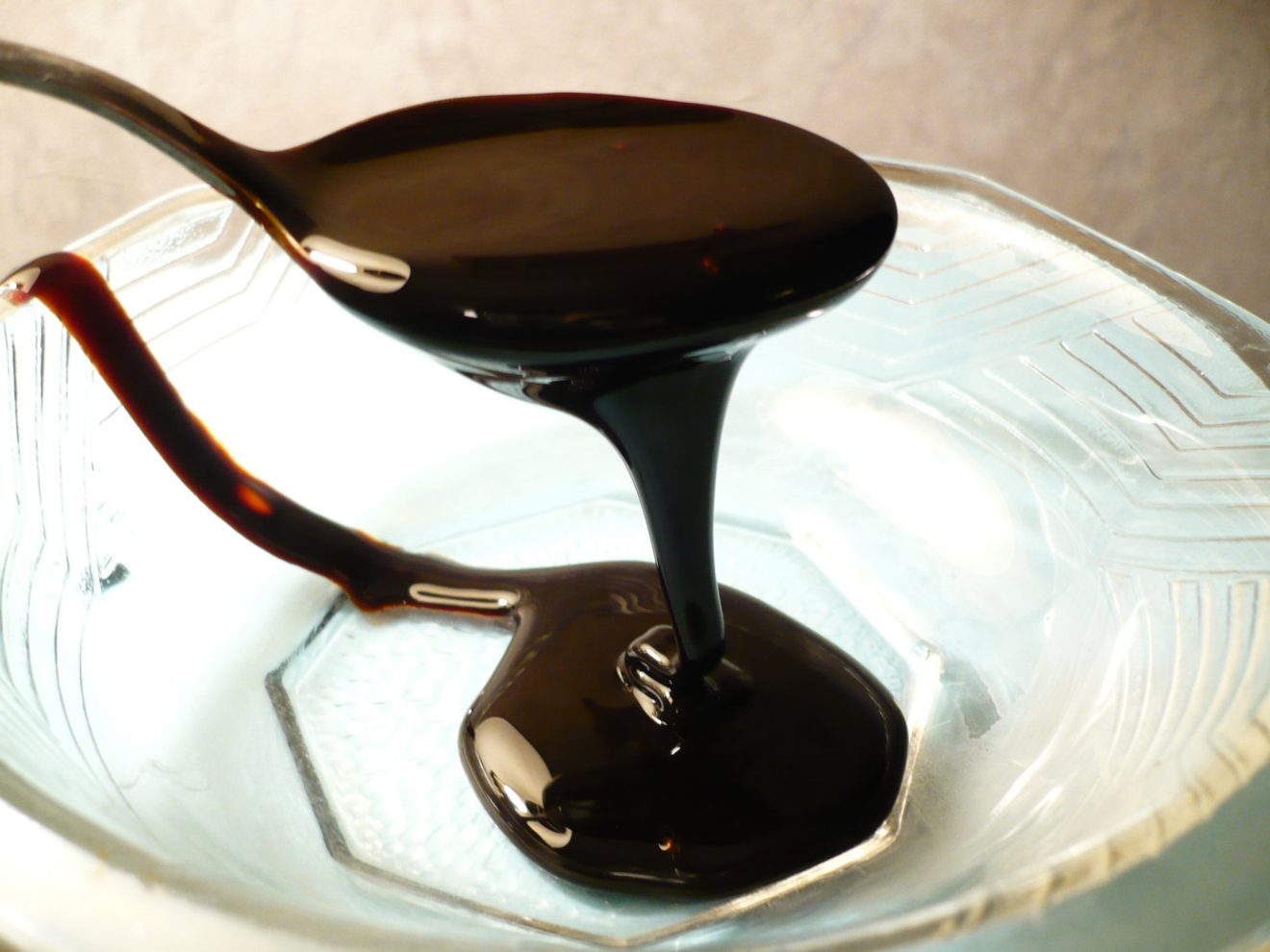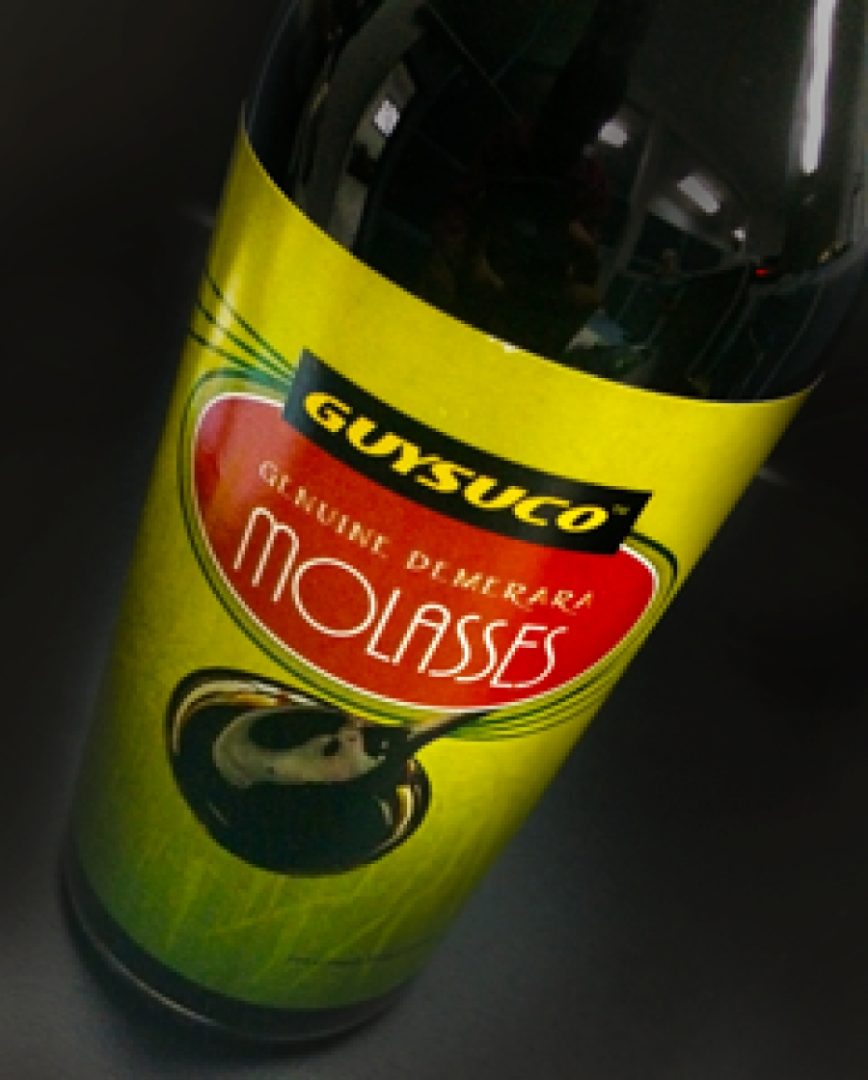Molasses is a sweetener that is formed as a byproduct of the sugar-making process. It comes in a variety of forms depending on what substance is used to extract the sugar. Its compactness and thick texture gave rise to the famous designation of something or someone being “slow as molasses” for any slow-moving thing. Along with its usage as a sweetener in food products, it also offers health benefits and is used for treating a wide range of disorders.
Origin of Molasses
The English term molasses comes from the Portuguese word melaço which in turn is derived from the Latin mel, meaning honey. Melasus (sic) was seen initially in print in 1582 in a Portuguese book heralding the conquest of the West Indies.
Molasses was exported to the U.S. from the West Indies to make rum. High taxes were levied on molasses by the British via the Molasses Act of 1733, but the duties was never taken into consideration by U.S. colonists resulting in the taxes being educed in 1764 in hopes more would comply.
Up until the 1880’s, molasses as a sweetener was widely used in the United States, because it was much cheaper than refined sugar. It was considered particularly tasty with salt.
After the end of World War I, refined sugar prices dropped drastically resulting in the migration of consumers from molasses to white sugar crystals. By 1919, U.S. per capita consumption of white sugar was twice what it was in 1880, with most Americans completely switching from molasses to granulated white and brown sugar.
Interestingly enough, molasses now costs doubles the amount of refined sugar.
Historically, molasses was produced in the Caribbean, where the cultivation of sugarcane and sugar beet was the highest. From there, it was imported to the United States during the early 20th century.

Blackstrap Molasses | By Badagnani – Own work, CC BY 3.0, https://commons.wikimedia.org/w/index.php?curid=4129522
Types of Molasses
There are several varieties of this syrup, which vary in color, consistency, flavor and sugar content.
Light Molasses
This is the syrup made from the first boiling. It is the lightest in color and sweetest in taste. It is most commonly used in baking.
Dark Molasses
This is the type created from the second boiling. It’s thicker, darker and less sweet. It can also be used in baking, but produces a more distinct color and flavor.
Blackstrap
This is the syrup produced after the third boiling. It is the thickest and darkest in color, and also tends to have a bitter taste. It is obtained from raw cane sugar and canned sugar refining. It is also known as final molasses in cane mills and refinery molasses in a refinery setting.
Blackstrap molasses is the most concentrated form and contains the most vitamins and minerals. That being said, it is considered as having the most health benefits.
Un-Sulfured and Sulfured
Molasses labeled as “sulfured” has sulfur dioxide added to it. Sulfur dioxide acts as a preservative and prevents it from spoiling. Unsulfured molasses are extracted from ripe sugarcane and does not need sulfur and retains its rich and light flavor.
Sulfured varieties tend to be less sweet than un-sulfured products.
Other Types
Molasses can also be made from sorghum, pomegranates, carobs and dates.
Benefits of Molasses
Diabetes-Friendly Sweetener
Blackstrap sugar has a healthier alternative for sweetening your favorite liquids if you’re diabetic. While blackstrap molasses contains roughly the same amount of carbohydrates, it stabilizes blood sugar levels and is digested more slowly. You can use molasses while baking treats or as a diabetes-friendly sweetener to maintain sugar levels.
Maintains Healthy nervousness
Contains magnesium which aids in the functioning of the nervous system. Magnesium also balances the amount of calcium in the body, allowing the blood vessels and nerves to relax. The speedy and excess flow of calcium transmission can cause excess nerve contraction. While a magnesium deficiency can lead to muscle cramps, hypertension, and muscle spasms.
Prevents Fatigue and Headache
Blackstrap molasses is an excellent source of vitamins and minerals including pantothenic acid and vitamin B6. Deficiency in these vitamins can trigger headaches, stress, asthma, and fatigue. Including molasses in your diet can help the body receive these required minerals and vitamins, allowing you to maintain overall good health.
Maintains Hemoglobin Levels
The iron content in molasses helps maintain healthy levels of hemoglobin. Hemoglobin plays an important role in supplying oxygen from the lungs to other parts of the body. It is also essential for the production of energy and aids in boosting metabolism.
Nutritional Facts of Molasses
Since molasses is the leftover components of sugarcane juice after sugar is extracted, one will find concentrated level of the vitamins and minerals that were present in the sugarcane itself. Molasses is known and appreciated for its iron content, although it also contains other important minerals such as calcium, magnesium, and potassium. The amount of these nutrients depends on the variety of molasses and the process used to make it. Blackstrap molasses tends to have the highest nutrient content because it is the most concentrated and has had the most sugar removed. Every brand and variety of molasses is made differently so always check the nutrition label for the exact nutrient content.
Common Uses of Molasses
- The lighter grades of molasses made from sugarcane are edible and are used in baking and candy-making and to make rum.
- Blackstrap and other low grades of cane molasses are used in mixed animal feed and in the industrial production of vinegar, citric acid, and other products.
- The molasses obtained from sugar beets has a very low sugar content and is generally inedible.
Before 1948 molasses was fermented to make industrial ethyl alcohol, which is now made principally from ethylene, thus decreasing the demand for molasses.
In Guyana, the Demerara Distillers Limited is the main producer of Molasses under the Guyana Sugar Corporation (GUYSUCO)
Article References
- https://www.thespruceeats.com/history-of-molasses-1807630
- https://www.organicfacts.net/health-benefits/other/health-benefits-of-molasses.html
- https://www.britannica.com/topic/molasses
- https://www.thespruceeats.com/what-is-molasses-1328678
- https://www.healthline.com/health/food-nutrition/benefits-blackstrap-molasses#1
- Main Image Source: https://guysuco.gy/index.php/en/what-we-do/marketing/item/148-molasses







